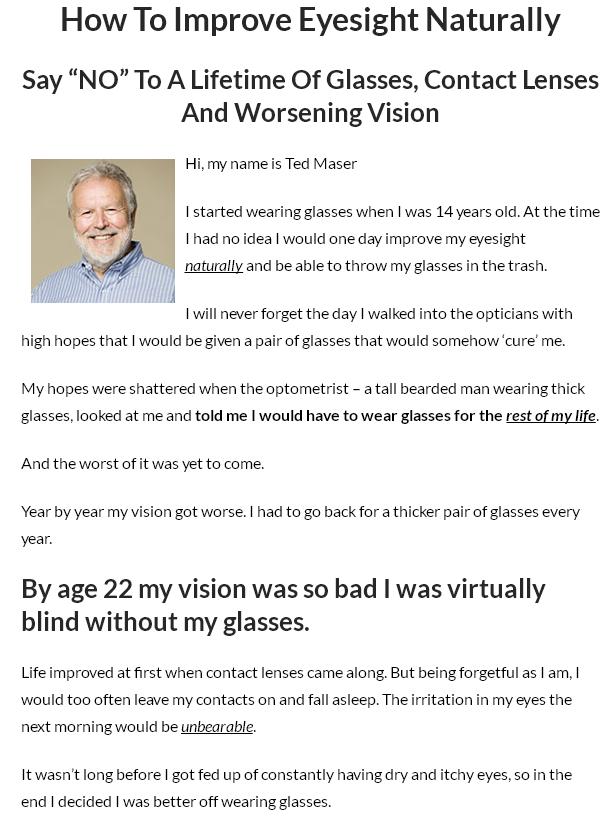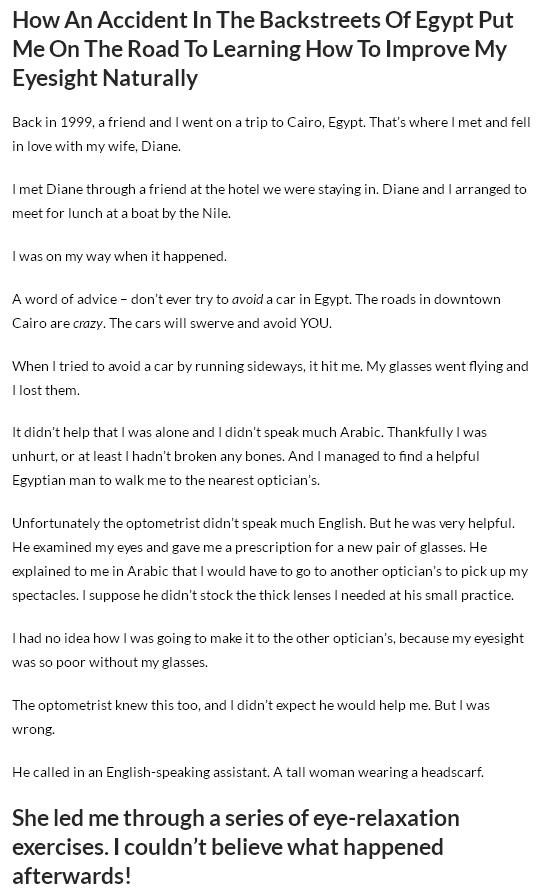Your eyes are an amazing sensory organ composed of several parts all working together to provide you with a view of your surroundings. But as with many things, sometimes these parts can malfunction and alter how well your eyes perform their job. Problems can occur for a number of reasons as well, such as from certain medications, illnesses, conditions, aging, or genetics. Common disorders that affect your vision include myopia, hyperopia, presbyopia, and astigmatism. All of these problems can usually be helped with the use of glasses or contacts from your eye doctor in Los Angeles.
Myopia, Hyperopia, Presbyopia, and Astigmatism
While you may not recognize this set of scary sounding words, you may recognize the more commonly used names for myopia and hyperopia of nearsighted and farsighted. Myopia is another name for being nearsighted, which means the person sees things that are up close clearly, but may have difficulty with objects that are further away. Hyperopia is farsightedness, which means you have the opposite problem by seeing far away objects more clearly but have difficulty with up-close objects. Being near or farsighted is often inherited, and can begin when you are a child or an adult. Presbyopia, on the other hand, generally occurs during old age, and is marked with difficultly in focusing on up-close objects. Astigmatism is commonly found in conjunction with near or far-sightedness, and causes a person to have an uneven blurriness in their vision that may require squinting in order to see clearly. Astigmatism occurs from the irregular shaping of parts of the eye, such as the cornea or lens. Your optometrist will usually suggest glasses or contacts to help correct these common vision problems. But which is best for you?
Pros and Cons of Glasses
As you most likely know, glasses consist of a frame that holds two lenses in place over the eyes. Glasses can contain one prescription, or be bifocals, which allow for two different optic levels in one lens. Bifocals are commonly used in presbyopia cases. Glasses are generally affordable, and are easily removed when needed. Plus, eyeglasses are easy to use with hardly any learning curve. There is also a wide variety of frame styles and colors to help suit a variety of tastes. But glasses can break, and this can often be a problem for those who actively participate in sports. They may also tend to fog up or smudge, and do not correct peripheral vision. A person who wears glasses may also find that their choice in sunglasses is more limited.
Pros and Cons of Contacts
Contacts use a small, round lens that fits over the surface of the eyeball. They are much less noticeable than glasses, move with the eye to provide corrected peripheral vision, and are excellent for most sports. They will not fog up or experience glare or reflection. But contacts require a learning curve, and can often cause irritation and even infection. Some may contribute to allergies, and can be difficult to fix if something happens to get in your eye without contact solution. While there are a variety of types of contacts that can vary in how often they will need to be replaced, you will need to keep track of how long they have worn. You will also need to continue to purchase the contacts and the cleaning solution. Being small and clear, contacts are often easy to lose. Many people may choose to purchase a pair of glasses with their contacts from their eye doctor in Los Angeles as a backup.



